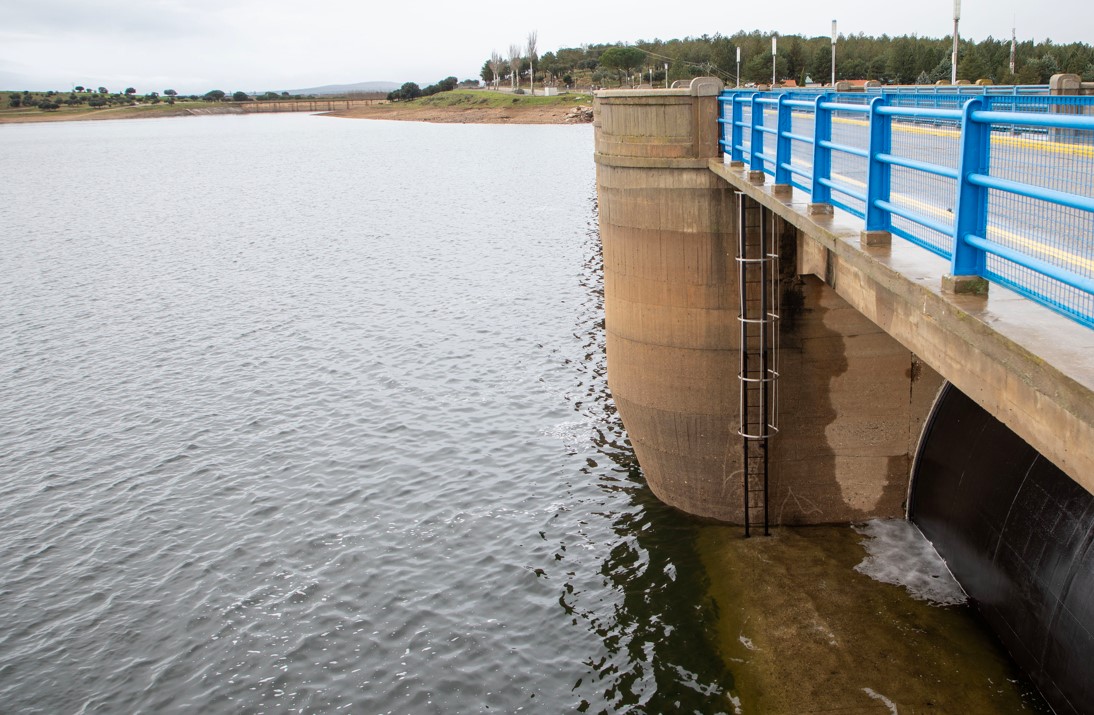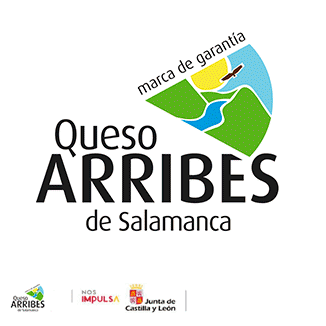ORGANIZANDO NUESTRA HUELLA AMBIENTAL
Es claro que el desarrollo de cualquier actividad empresarial, institucional o personal deja un impacto en el medioambiente que deberíamos conocer para conseguir disminuirla y crecer de manera sostenible.
Al respecto, existen dos conceptos a tener en cuenta: la “Huella Ambiental” y la “Huella ecológica”. La primera nos ayuda a evaluar, calcular y ponderar los posibles impactos ocasionados por un producto, servicio u organización; la segunda es un indicador de la marca generada por la demanda de recursos naturales con relación a la capacidad de ser regenerados por la naturaleza.
La huella ambiental permite gestionar nuestras operaciones de forma más sostenible y hemos de tomarla en consideración, no sólo porque las políticas europeas así lo establecen, sino porque el planeta en el que vivimos merece ser cuidado, aunque solo sea desde un punto de vista egoísta, por nuestro bienestar y salud. La Unión Europea ha definido unos criterios para su desarrollo y comparabilidad basados en el análisis del ciclo de vida conforme con normas internacionales ISO, con el fin de homogeneizar y unificar las diferentes metodologías existentes en los países miembros.
La huella ambiental supone un gran impulso para la gestión de cualquier organización, pues conlleva una reconsideración de las estrategias productivas y organizacionales por el simple hecho de analizar aspectos como acidificación, agotamiento de la capa de ozono, agotamiento de recursos (agua), agotamiento de recursos (minerales, fósiles), cambio climático, ecotoxicidad para ecosistemas de agua dulce, efectos a la salud humana (cancerígenos), efectos a la salud humana (no cancerígenos), partículas/sustancias inorgánicas con efectos respiratorios, eutrofización terrestre, eutrofización agua dulce, eutrofización marina, formación de ozono fotoquímico, radiación ionizante (efectos sobre la salud humana), radiación ionizante (ecosistema) y transformación del terreno. El mero hecho de realizar esta tarea de análisis aporta amplia información del funcionamiento sostenible de la empresa o institución y permite organizarlo previniendo impactos ambientales y disminuyendo la huella ecológica.
“Sólo dos cosas son infinitas, el universo y la estupidez humana… y no estoy seguro de lo primero”. (Albert Einstein)
ORGANISING OUR ENVIRONMENTAL FOOTPRINT
It is clear that the development of any business, institutional or personal activity leaves an impact on the environment that we should know in order to reduce it and grow in a sustainable manner.
In this regard, there are two concepts to take into account: the “Environmental Footprint” and the “Ecological footprint”. The first one helps us evaluate, calculate and weigh the possible impacts caused by a product, service or organization; the second, is an indicator of the effect generated by the demand for natural resources in relation to the capacity to be regenerated by nature.
The environmental footprint allows us to manage our operations in a more sustainable way and we must take it into consideration, not only because European policies so establish, but because the planet we live on deserves to be taken care of, even if only from a selfish point of view, for our well-being and health. The European Union has defined criteria for its development and comparability based on the analysis of the life cycle in accordance with international ISO standards, in order to standardize and unify the different methodologies existing in the member countries.
The environmental footprint is a great boost for the management of any organization, as it involves a reconsideration of productive and organizational strategies by the simple fact of analysing aspects such as acidification, depletion of the ozone layer, depletion of resources (water), depletion of resources (minerals, fossils), climate change, ecotoxicity for freshwater ecosystems, effects on human health (carcinogenic), effects on human health (non-carcinogenic), particles / inorganic substances with respiratory effects, terrestrial eutrophication, eutrophication freshwater , marine eutrophication, photochemical ozone formation, ionizing radiation (effects on human health), ionizing radiation (ecosystem) and land transformation. The mere fact of carrying out this analysis task provides ample information on the sustainable operation of the company or institution and allows it to be organised preventing environmental impacts and reducing the ecological footprint.
“Only two things are infinite, the universe and human stupidity … and I’m not sure of the first thing”. (Albert Einstein)
Antonio González Losa



















